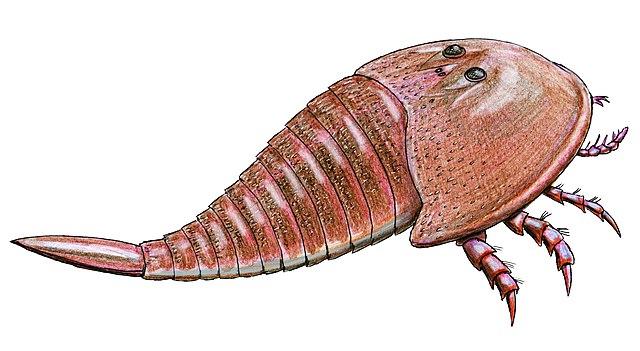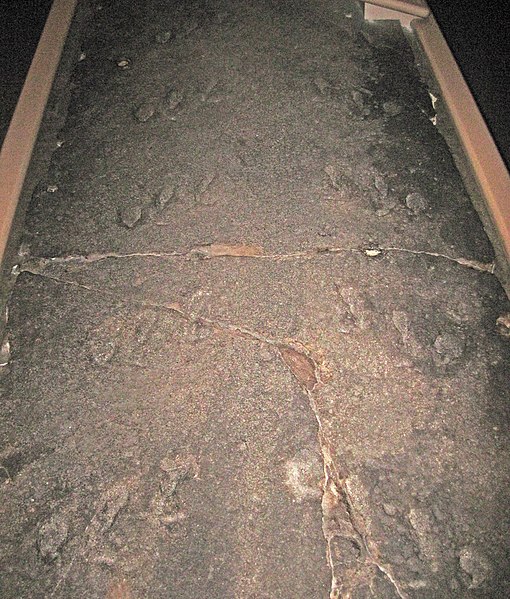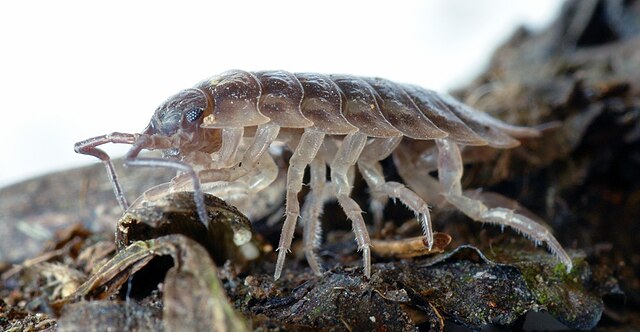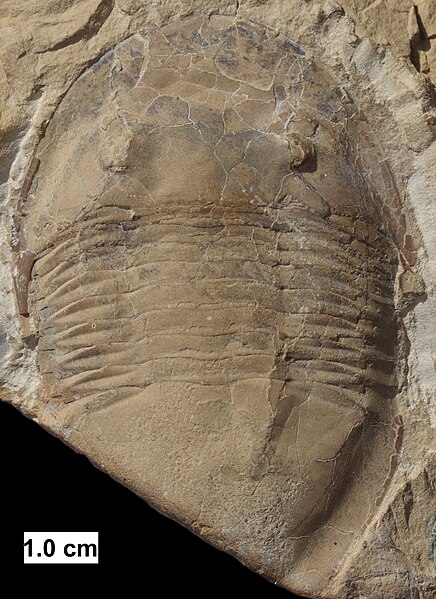Eurypterids, often informally called sea scorpions, are a group of extinct arthropods that form the order Eurypterida. The earliest known eurypterids date to the Darriwilian stage of the Ordovician period 467.3 million years ago. The group is likely to have appeared first either during the Early Ordovician or Late Cambrian period. With approximately 250 species, the Eurypterida is the most diverse Paleozoic chelicerate order. Following their appearance during the Ordovician, eurypterids became major components of marine faunas during the Silurian, from which the majority of eurypterid species have been described. The Silurian genus Eurypterus accounts for more than 90% of all known eurypterid specimens. Though the group continued to diversify during the subsequent Devonian period, the eurypterids were heavily affected by the Late Devonian extinction event. They declined in numbers and diversity until becoming extinct during the Permian–Triassic extinction event 251.9 million years ago.
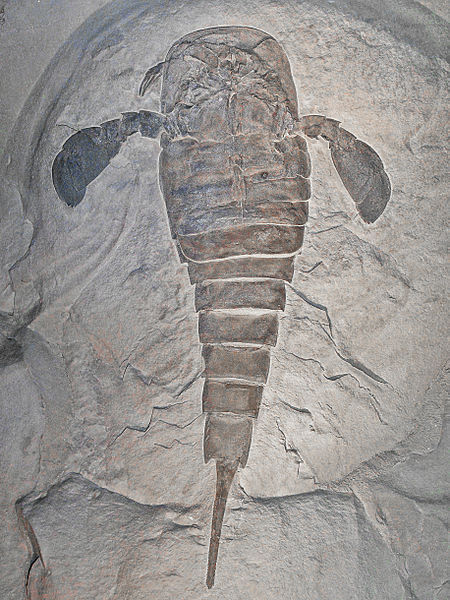
Eurypterid
Illustration of Hibbertopterus, a large stylonurine (lacking swimming paddles) eurypterid
The holotype of Palmichnium kosinkiorum, containing the largest eurypterid footprints known
The supposed "gill tracts" of eurypterids have been compared to the air-breathing pseudotracheae present in the posterior legs of modern isopods, such as Oniscus (pictured).
The Ordovician is a geologic period and system, the second of six periods of the Paleozoic Era. The Ordovician spans 41.6 million years from the end of the Cambrian Period 485.4 Ma to the start of the Silurian Period 443.8 Ma.
External mold of Ordovician bivalve showing that the original aragonite shell dissolved on the sea floor, leaving a cemented mold for biological encrustation (Waynesville Formation of Franklin County, Indiana).
A diorama depicting Ordovician flora and fauna
Fossiliferous limestone slab from the Liberty Formation (Upper Ordovician) of Caesar Creek State Park near Waynesville, Ohio.
The trilobite Isotelus from Wisconsin


